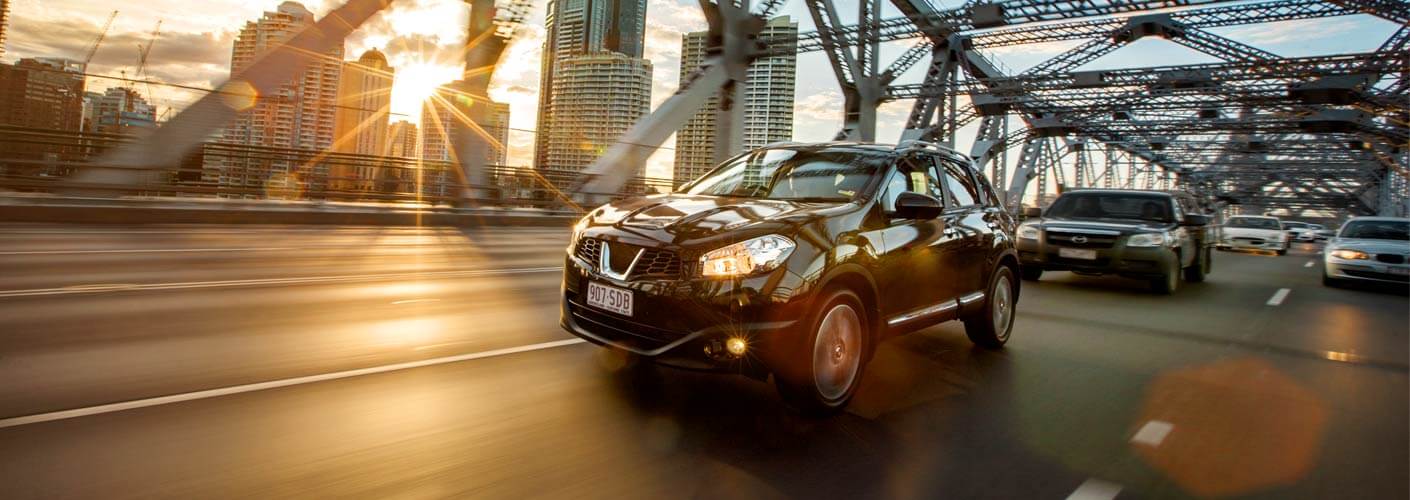What is eco-driving?
Fuel bills continue to make a dent in the household budget and concerns are growing about the impacts of climate change.
You can make a difference simply by changing your driving behaviour.
By adopting RACQ's eco-driving techniques you can reduce both your fuel bills and your carbon dioxide emissions.
Eco-driving covers driving style, vehicle maintenance and trip planning actions to reduce fuel consumption.
Over the past 15 years eco-driving has been increasingly researched, promoted and practically applied internationally as response to climate change.
Try these eco-driving tips to reduce your fuel bill
How you drive your car, keep it maintained and when and where you drive, will have an impact on how much you spend on fuel.
Monitor your fuel use
- Keep a log of how much fuel you are using. You can use your car’s in-built fuel-use monitor, download a fuel-monitoring smartphone app or record the data in a notebook.
- Monitoring is important because you can’t change what you don’t know about.
When driving
- Watch ahead and drive smoothly – scan the road for obstacles and drive smoothly around them.
- Brake and accelerate gently – ease off the pedal and start to slow down early when approaching traffic lights and intersections.
- Avoid stop-start driving.
- Use the right gear for the conditions. In a manual, drive in the highest gear that is practical and keep the revs as low as possible. In an automatic, keep a light touch on the pedal and accelerate gently as this will encourage your car to stay in higher gears.
- Shift through the gears as quickly as possible – higher gears and lower revs use less fuel.
- For petrol cars try to stay in the 2000 to 2500 rpm range (or 1500 to 2000 rpm for diesel cars).
- Maintain a steady cruise speed on highways - use cruise control where appropriate.
- When safe, keep your highway speed at 90km/h.
Don’t park and idle
- Turn off your engine when parked, even if you’re only stopping for a few minutes.
Minimise airconditioner use
- When driving under 80km/h try driving with the windows open.
- When driving over 80km/h close the windows and use the airconditioner. At speeds over 80km/h the drag from the open windows will use more fuel than the airconditioner.
Be careful when refuelling
- Only fill your tank to the first click.
Look after your car
- Keep your tyres inflated to the maximum recommended level.
- Remove excess weight and reduce aerodynamic drag by taking off roof racks and spoilers.
- Service your car to the manufacturer's schedule.
Plan your trips
- Plan to do all your jobs in one trip.
- Avoid duplicating trips.
- When possible, consider using public transport, walking or cycling.
Want to know more?
Complete RACQ’s eco-driving e-learning tool
The RACQ eco-drive study
We conducted a study to investigate the effectiveness of eco-driving training for motorists in Australia. This study was the first of its kind in Australia and continues to be recognised as one of the most important real-world tests of the effectiveness of eco-driving.
The combined effect of all the eco-driving training trialled during the study showed a statistically significant 4.6% reduction in fuel use and an average reduction of 0.51 litres per 100km.
You can download the eco-drive research study reports here:
- Summary Report (PDF 708 KB)
- Final Report (PDF 460 KB)
- Appendices (PDF 1.98 MB)
